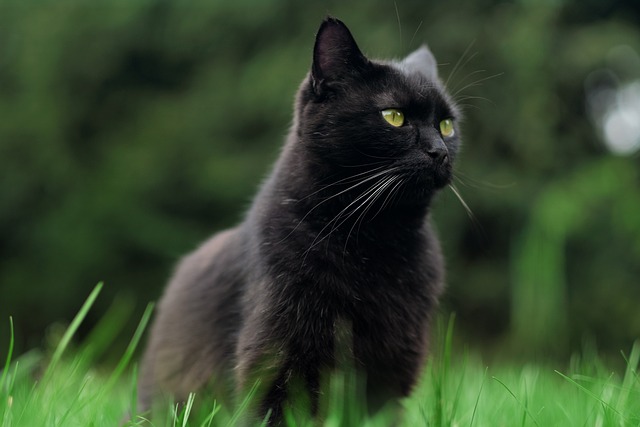
The Role of Cats in Mythology Around the World
Cats have walked beside humans for thousands of years—not just as companions, but as symbols of power, mystery, and magic. From ancient temples to Viking ships, these graceful, enigmatic creatures have been woven into the mythology of cultures across the globe.
In this article, we’ll explore how cats have been portrayed in myths and legends around the world—from divine protectors to omens of transformation, and everything in between.
???????? Ancient Egypt: Cats as Divine Protectors
No conversation about feline mythology can begin without mentioning Ancient Egypt, where cats were sacred animals and often seen as extensions of the divine.
???? Bastet: The Cat Goddess
Bastet, one of the most beloved deities in the Egyptian pantheon, was often depicted as a lioness or a woman with a cat’s head. She was the goddess of:
- Home and fertility
- Women’s secrets
- Protection from evil spirits and disease
Cats were so revered in Egypt that harming one was punishable by death, and many households kept cats as spiritual guardians.
???????? Japan: The Lucky Maneki-neko and Bakeneko Legends
Cats hold a special place in Japanese folklore, where they are seen as mysterious, spiritual beings capable of both good and mischief.
???? Maneki-neko (Beckoning Cat)
The raised-paw figurine found in many homes and businesses represents good fortune, wealth, and protection. The color and paw position vary based on what kind of luck you’re hoping for!
???? Bakeneko and Nekomata
On the darker side, Japanese legends also speak of shape-shifting cat spirits:
- Bakeneko: Can grow to human size, walk on two legs, and cast curses
- Nekomata: Cats whose tails split into two as they age—believed to control the dead
???????? Norse Mythology: Freyja’s Feline Chariot
In Norse mythology, the goddess Freyja—associated with love, beauty, fertility, and magic—rode in a chariot pulled by two large cats.
These cats, said to be either forest cats or lynxes, represented:
- Feminine power and independence
- The mystic connection between cats and sorcery
- Companionship, as Freyja was also known for her love of animals
Cats were considered good luck in Norse households, and farmers believed that feeding cats would ensure a bountiful harvest.
???????? Hinduism and Cats: The Tale of Shashthi
In Hindu mythology, cats are associated with the goddess Shashthi, the protector of children and mothers.
Legend says Shashthi rides a cat and blesses households with fertility and safe childbirth. However, if disrespected, she could also curse families—so feeding and honoring cats became a ritual of respect and caution.
???????? Greek and Roman Symbolism: Stealth and Fertility
While cats were not as central in Greek and Roman mythology, they were still appreciated for their grace and hunting skill.
- The Greek goddess Artemis, protector of wildlife, was sometimes associated with feline qualities—stealth, independence, and agility.
- Romans admired cats for their guardian-like traits, especially in protecting grain stores from pests.
Cats became subtle symbols of female empowerment and mystery, often linked to the moon and nocturnal magic.
???????? China: Cats as Spirit Guardians
In Chinese folklore, cats were seen as protectors of the soul and guardians of the spirit world.
- They were believed to ward off evil spirits and bad dreams.
- Black cats, in particular, were viewed positively—opposite from Western superstition.
- In some Buddhist traditions, cats were considered symbols of meditation and balance.
Other Cultures and Legends
???? Celtic Mythology
The Cait Sidhe, a fairy cat with black fur and a white chest, roamed the Scottish Highlands. It could steal souls before burial rites were complete.
???? Islam
While cats are not mythological in Islam, they are revered. The Prophet Muhammad was said to love cats and treat them with great care—making cats respected creatures in Muslim culture.
???? Medieval Europe
Unfortunately, cats (especially black ones) were demonized during the Middle Ages, often linked to witches. Many were killed during witch hunts, which ironically led to a rise in rat-borne diseases like the plague.
What Do Cats Symbolize in Mythology?
Across cultures and time periods, cats consistently represent:
- Mystery and Magic
- Protection and Guardianship
- Femininity and Independence
- Transformation and the Spirit World
They embody the line between the natural and supernatural, the earthly and the divine.
Image by Urszula from Pixabay
